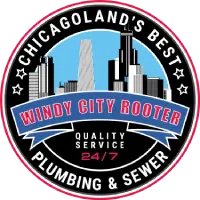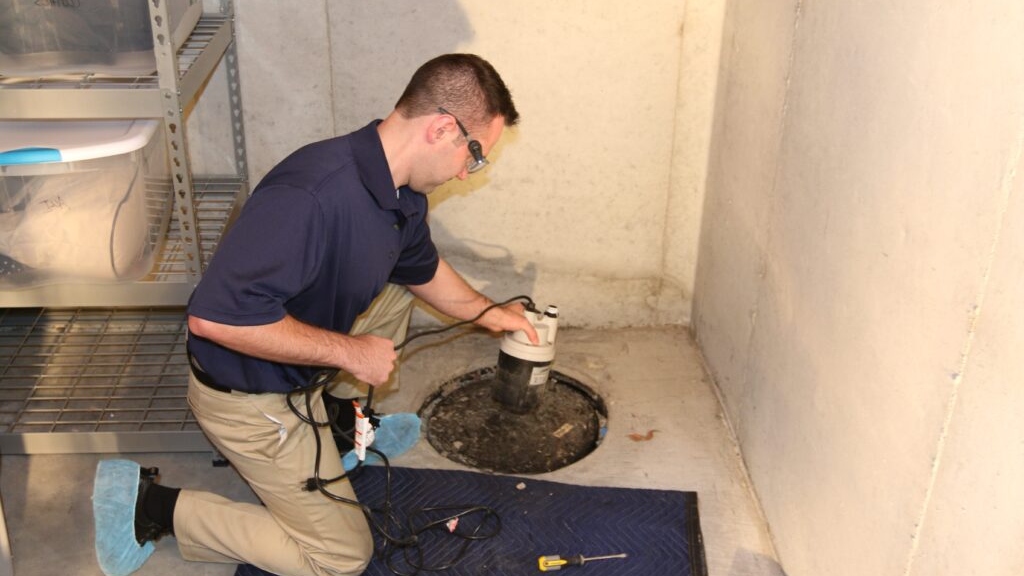Sump pumps serve the very important purpose of helping to prevent flooded property. They’re typically installed in the basements or below-ground levels of a home or business and work to collect water in a sump basin, or pit, and then force the water safely away from the structure so that the property doesn’t flood. While sump pumps are perhaps most common in residential homes, they’re also useful in marine vessels and commercial buildings as well. Here’s a closer look at everything that you should know when it comes to sump pumps:
Types
There are various different types of sump pumps, but the two most common in residential homes are submersible pumps and pedestal pumps. The former sits in sump wells and, fitting to the name, is able to effectively operate while under water. They turn on when a float is activated, which suggests that the water has built up to a point in the basin where it needs to be forced out. Pedestal pumps utilize a float as well, but they operate above the sump well. They’re also typically much louder than submersible pumps. While not as common as submersible pumps, pedestal pumps are still found in homes today. Two other types of sump pumps are floor sucker pumps, which basically extract water from a floor’s surface, and water-powered pumps, which integrate with a facility’s plumbing to disperse water.
Features
Good sump pumps come with a variety of features to help keep basements dry. Arguably the most important feature, however, is the battery backup. Sump pumps run on electricity, but during a storm it’s not unusual for a home to lose power. Battery backups keep the system working during an outage. Other notable features include a water level alarm, which will sound if the water level in the basin exceeds the top of the pump, sump liners that help prevent a sump pit from clogging and a check valve to prevent any water from returning to the pit.
Advantages & Benefits
As we noted in the opening, a sump pump is a crucial part of any home’s basement waterproofing strategy. A good working sump pump, complete with a battery backup system, can help give homeowners peace of mind, especially during periods of heavy rainfall when flash flood warnings may be issued. Sump pumps work to safely and effectively distribute built up water away from the home’s foundation to prevent the basement from flooding. Having a sump pump can mean the difference between flooded basements, water damage and contents damage.
Requirements
It’s recommended that any sump pump installation and/or repair be conducted by a plumber or similar professional. Sump pump installation can be messy, as drilling into the foundation is often required. What’s more is that the installation must be carried out according to local building codes, something that the average DIY’er may not be familiar with.
Trends
Sump pumps aren’t required by law. Instead, they’re purchased and installed on a voluntary basis for the purpose of enhancing a property’s waterproofing. Homes that are ideal candidates for sump pumps are those where the foundation slopes toward the property, homes in areas that are subject to above average amounts of rainfall each year, homes that were developed in former swampy areas and homes that have experienced extensive basement flooding and water damage in the past and don’t want it to happen again.
Common Parts & Construction Materials
Sump pumps tend to vary based on the type of pump and manufacturer, but most also have some similar parts and materials. For instance, there’s always a drain line to the exterior of the home, which takes the water that’s being forced out of the pit and pushes it away from the property. There’s also often a liner that houses the pump itself, the float which helps activate the pump when water levels in the pit reach a certain level, and the electrical line that plugs into the outlet to keep the pump operating. While the actual pump can be made of various materials, cast iron is quickly becoming the industry leading material when it comes to quality.
Upgrades
The most common type of upgrade as it pertains to a sump pump installation is size. Specifically, moving up to a larger sump pump. This may be necessary if it’s seemingly always on during periods of heavy rainfall. Thus, a pump with more horsepower may be necessary. Property owners may also elect to have a secondary sump pump installed for similar reasons as well as to complement the work of the primary sump pump.
Mistakes to Identify
While sump pumps are a vital part of a basement’s waterproofing solution, they’re not without their troubles. The most common sump pump issues involve electrical failures, a stuck switch, an overworked pump that fails and a frozen discharge pipe. In all of these instances, the sump won’t be performing properly, leaving the basement at risk of flooding.
Warning Signs
The obvious warning sign that there’s something wrong with the sump pump is when water intrusion is spotted in the basement. Even if the sump pump is on and working, signs of water intrusion signify that the appliance isn’t doing its job properly – thus either requiring repair or the installation of a secondary system to help out. Other warning signs that can signify imminent failure include the sump pump making unusual noises, frequent cycling on and off and elongated run times.
Life Expectancy & Timing of the Appliance to Expect Degradation
All appliances have a shelf life, and sump pumps are certainly no exception to this norm. What’s more is that because sump pumps work based on a motor, their shelf life is typically less than what you may imagine. In fact, it’s estimated that the standard lifespan of a sump pump is about 10 years. In order to best gauge how well the sump pump is performing and whether a replacement should be considered, it’s recommended to have the sump pump inspected on an annual basis, particularly before the winter season.
If you have plumbing problems, call the experts at Windy City Rooter to schedule your service!

